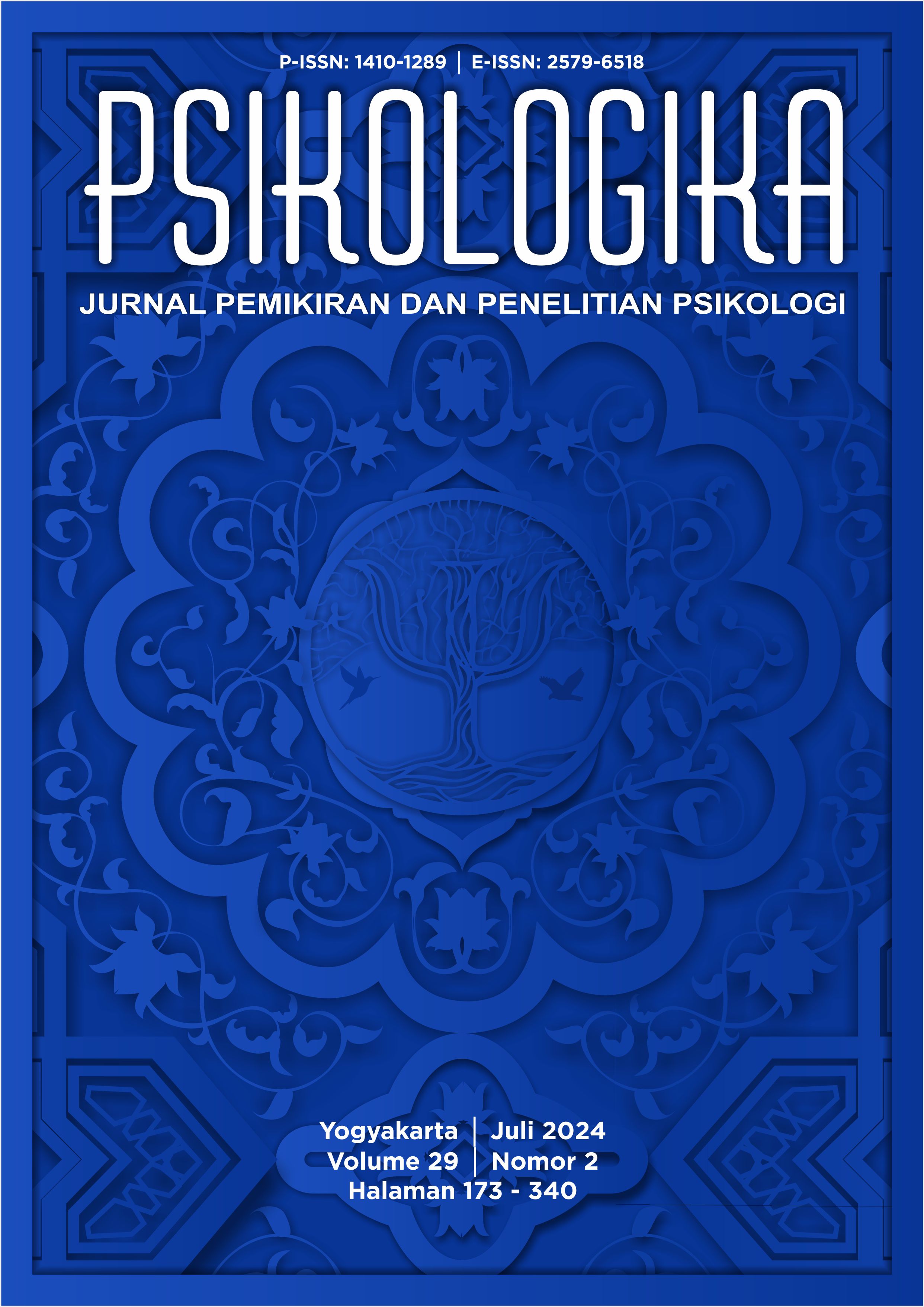Main Article Content
Abstract
Adolescence is a transitional period from childhood to adulthood. The global adolescent population currently exceeds 1.2 billion, making up 16% of the world’s population. Adverse childhood experiences in adolescents contribute significantly to mental health issues and also have an impact on adult lives. These experiences can be influenced by various factors including demographic background. Therefore, this study aimed to determine the differences in adverse childhood experiences with demographic background in adolescents in Indonesia. A comparative quantitative method with subjects aged 12-21 was adopted in this study. Furthermore, the instrument used was the World Health Organization Adverse Childhood Experiences Questionnaire (WHO ACE-IQ) which was further analyzed using the Jamovi 2.3.21 program. The results showed that 65.3% of the subjects experienced multiple adversities dominated by adolescent girls. Additionally, the dimension of adverse childhood experiences was the highest in emotional neglect. Other results showed that there was a significant role of demographic background including age with the highest prevalence in late adolescence (18-21 years) and parental marital status with the largest group of divorce in adverse childhood experiences. Future studies were further expected to examine and conduct publications with an equal number of subjects in each province throughout Indonesia to calculate prevalence more accurately and explore the relationship between
demographic background and adverse childhood experiences. In this context, the study provided implications for adolescents to possess an overview of adverse childhood experiences.
Keywords
Article Details
Copyright (c) 2024 Thifal Augista Ristyanda, Bintang Sasmita Wicaksana, Nandy Agustin Syakarofath

This work is licensed under a Creative Commons Attribution-ShareAlike 4.0 International License.
Authors who publish with this journal agree to the following terms:
- Authors retain copyright and grant the journal right of first publication with the work simultaneously licensed under a Creative Commons Attribution-ShareAlike 4.0 International License that allows others to share the work with an acknowledgment of the work's authorship and initial publication in this journal.
- Authors are able to enter into separate, additional contractual arrangements for the non-exclusive distribution of the journal's published version of the work (e.g., post it to an institutional repository or publish it in a book), with an acknowledgment of its initial publication in this journal.
- Authors are permitted and encouraged to post their work online (e.g., in institutional repositories or on their website) prior to and during the submission process, as it can lead to productive exchanges, as well as earlier and greater citation of published work (See The Effect of Open Access).




